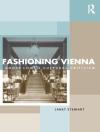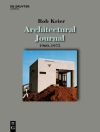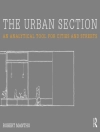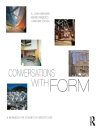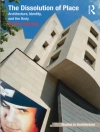The European tradition of urbanism has two main lines. The more influential of these clearly addresses the “place” as the limit of architectural and urban design. We cannot conceive of life without profound roots in places. The other traditional line in urbanism gravitates around the “body”. Although not as influential, it suggests a different approach to modern urbanism. The perspective developed here questions what happens in-between the “body” and “space”. To do this, the “body” is understood as a transit channel between space and the urban project.
The book unfolds a critical reading of contemporary architectural design and urbanism and criticises the way design refers to “space” using the “body”. In doing so, it delves into the debates of architecture and urban planning of the eighties, as well as their ambiguous relationship with politics.
Содержание
Frontmatter — Contents — PREAMBLE — AROUND THE BODY. INTRODUCTION — THE SICK BODY — THE BODY OPEN TO THE WORLD — THE LOSS OF THE BODY — THE BODY THAT OFFERS ITSELF AS ENTERTAINMENT — THE STAMP OF THE BODY — THE LIBERATED BODY — DISPOSSESSION — THE PLACE OF THE BODY. CONCLUSIONS
Об авторе
Christina Bianchetti


